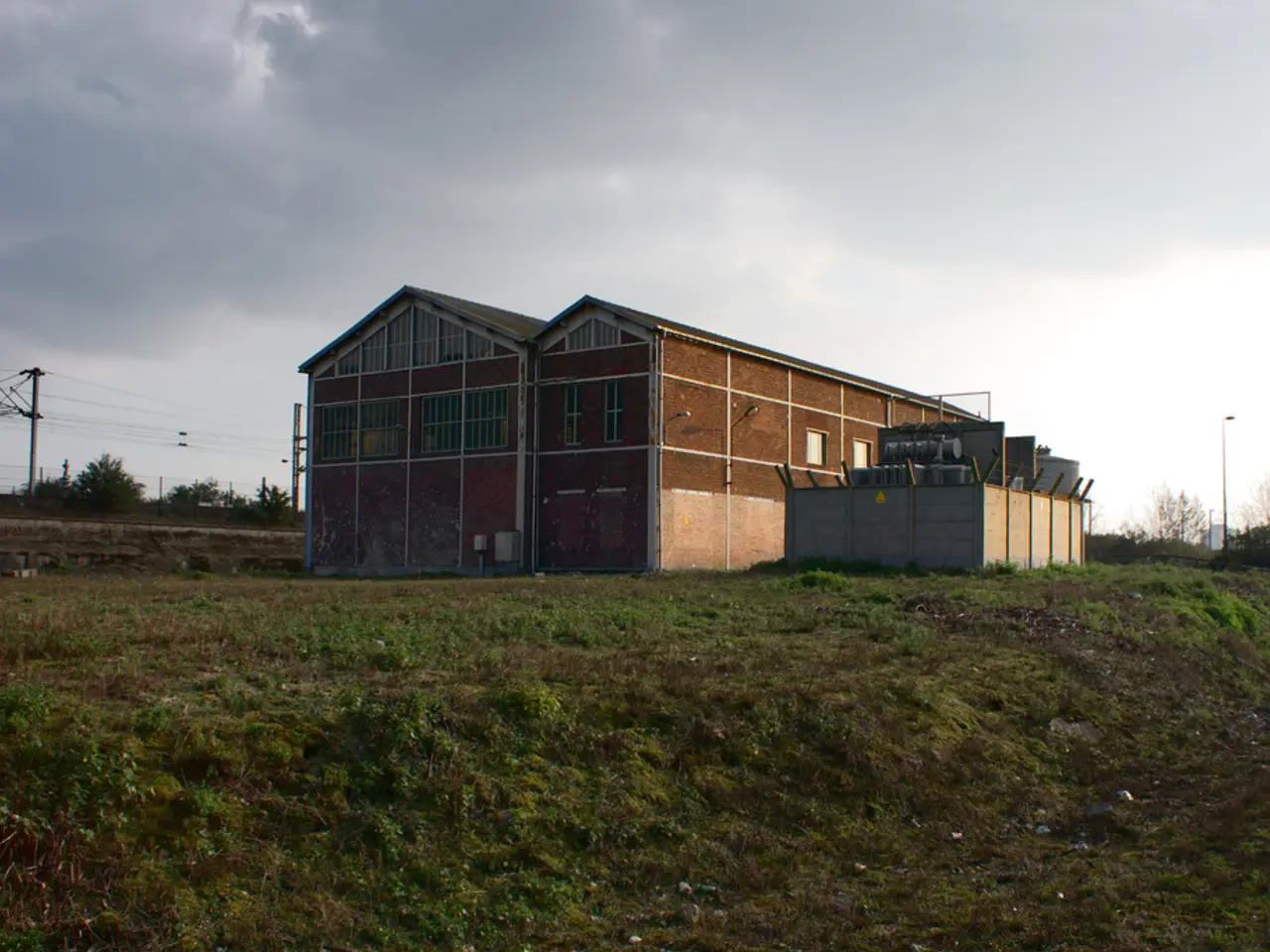Yakutia's Major Tariff Changes Coming in 2024
Yakutia, Russia's largest federal subject, is set to introduce significant changes in communal services tariffs in 2024. The region requires over 41 billion rubles to bridge the gap between current and justified tariffs, the highest among Russian Federation subjects.
Currently, communal services tariffs in Yakutia have remained unchanged since 2022 and will continue to do so until mid-2024. Despite this, investments in the housing and utilities sector have increased by 1.1 billion rubles (33.6%) over the past five years.
From July 1, 2024, a new system of differentiated electricity tariffs will be implemented for consumers using more than 11,170 kWh per month. This change is expected to affect less than 0.1% of Yakutia's consumers. The tariffs for municipal services and electricity for the year 2024 have been announced, although the exact timeframe for unchanged tariffs remains unclear.
Tariff increases are forecast for electricity, gas, waste management, heating, and water supply in 2024. These changes will be discussed at the College and Public Council of Goskomtsen after consultation with people's deputies. The payback of communal services tariffs through population payments in Yakutia stands at 28.3%, with the budget compensating the difference between population tariffs and economically justified tariffs.
In the second half of 2024, a 9.5% increase in communal services tariffs has been approved, with a 3% deviation for municipalities. These changes aim to bring Yakutia's tariffs closer to economically justified levels, although the full impact on consumers remains to be seen.
Read also:
- India's Agriculture Minister Reviews Sector Progress Amid Heavy Rains, Crop Areas Up
- Sleep Maxxing Trends and Tips: New Zealanders Seek Better Rest
- Over 1.7M in Baden-Württemberg at Poverty Risk, Emmendingen's Housing Crisis Urgent
- Life Expectancy Soars, But Youth Suicide and Substance Abuse Pose Concern







